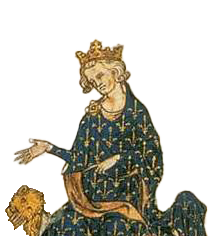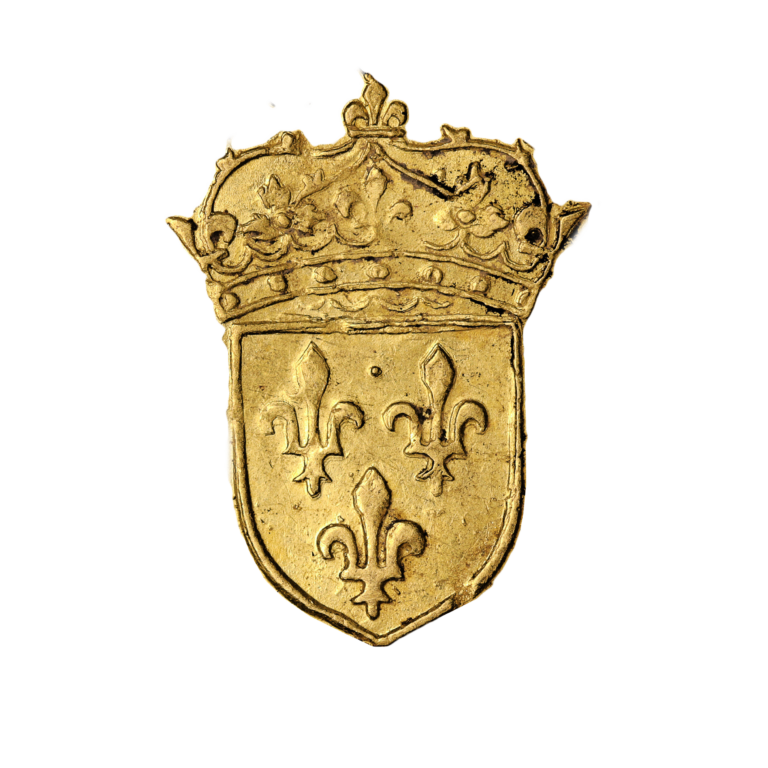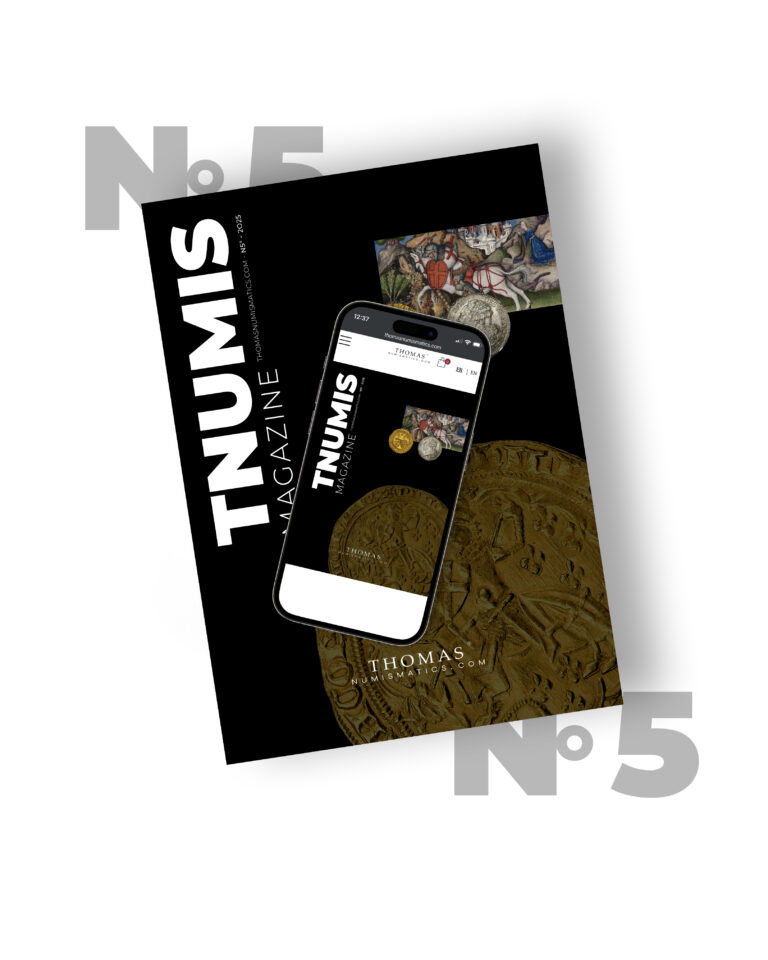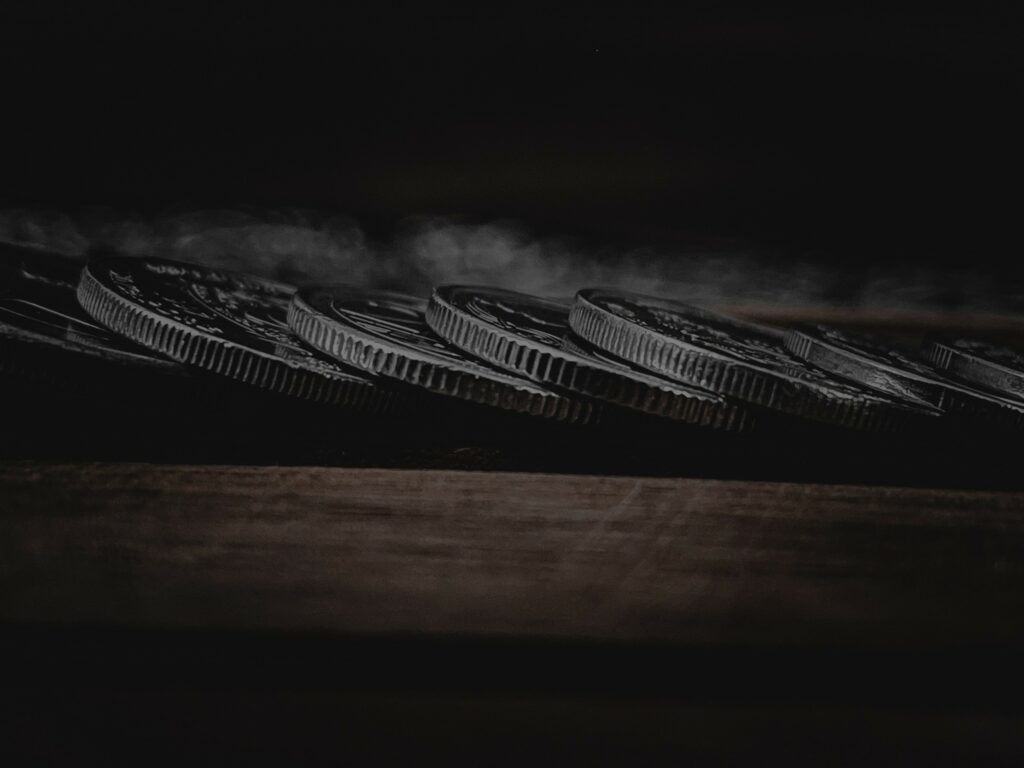
Discover all the news and articles from TNUMIS Magazine exclusively
Carl Wilhelm Becker, numismatist and forger
The activity of forgery is as old as the creation of money. There are examples of imitation coins dating back to the 7th century BC. At the time, these models were made more for economic reasons than for criminal reasons. Collector forgeries, on the other hand, are more recent and are indeed intended to deceive numismatists. The counterfeiter Carl Wilhelm Becker enjoyed this activity during a large part of his life. Let’s look back at the life of this man.
The professional beginnings of Carl Wilhelm Becker
Becker was born in Speyer, Germany, in 1772 and died in 1830. As the son of a wine merchant, nothing predestined him to become one of the most talented forgers in the history of numismatics. He began his career in the family business, and his father sent him to Bordeaux for training. At the age of 23, he married Maria Catharina Tremelius, with whom he opened a wine store in Frankfurt am Main. Then they changed their business and set up a cloth company in Mannheim, which finally went bankrupt in 1803.
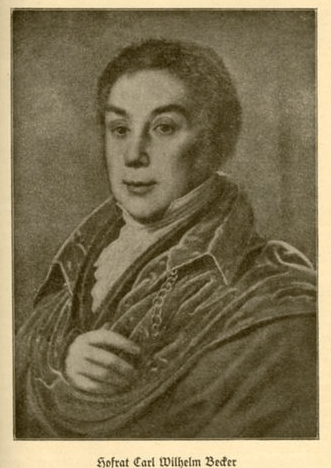
His passion for numismatics and the trigger
Carl Wilhelm Becker had always been interested in sculpture and numismatics, his true passions. In his spare time, he used to draw old coins and enjoyed reproducing them. In Munich, he trained to make engraved steel dies. He finally decided to leave the trade and set up as an art and antiques dealer. It was probably at this point that he got the idea to become a forger. Becker bought a Roman gold coin of the emperor Commodus from a baron. He then realized that it was a scam and that the coin was a fake. When he complained to the baron, the thief told him that he should have known better and that he had been fooled by his own ignorance. He was so upset that he did a lot of research and practiced to be able to cheat himself. He then started to sell his own creations.
His activity as a forger
He traveled in Europe, in Switzerland and in Italy where he made friends with famous numismatists. Thanks to all his knowledge, his fame grew rapidly and he attracted the attention of great collectors. He was considered a great connoisseur of coins. This reputation allowed him to regularly sell counterfeit coins, which he produced discreetly in Offenbach.
He carefully studied the original, then engraved the design by hand. He then worked from copies made from plaster casts. Becker imitated the gestures and rendering of antiquity, striking his pieces with a hammer. To give them an aged look, he transported them by cart in bags filled with grease and iron filings.
Once his coins were produced, Becker marketed them through a network of agents and business contacts throughout Europe. In some cases they were sold as modern copies, but the vast majority of the time, they were presented as authentic. Throughout his career, Becker sold coins to major collectors across the continent, such as Goethe or wealthy European princes like Prince Charles of Isembourg, and even to museums. One must imagine that at that time, the scientific study of ancient coins was very little developed.
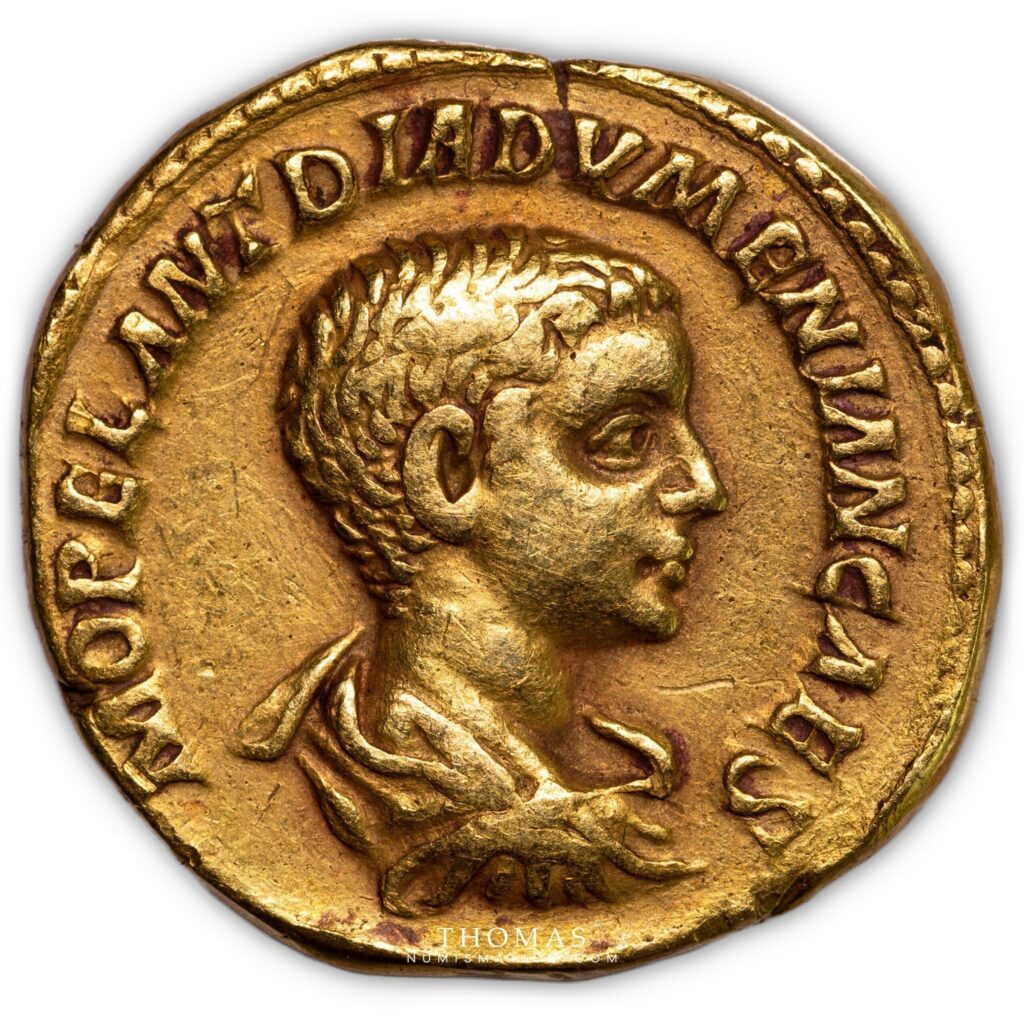
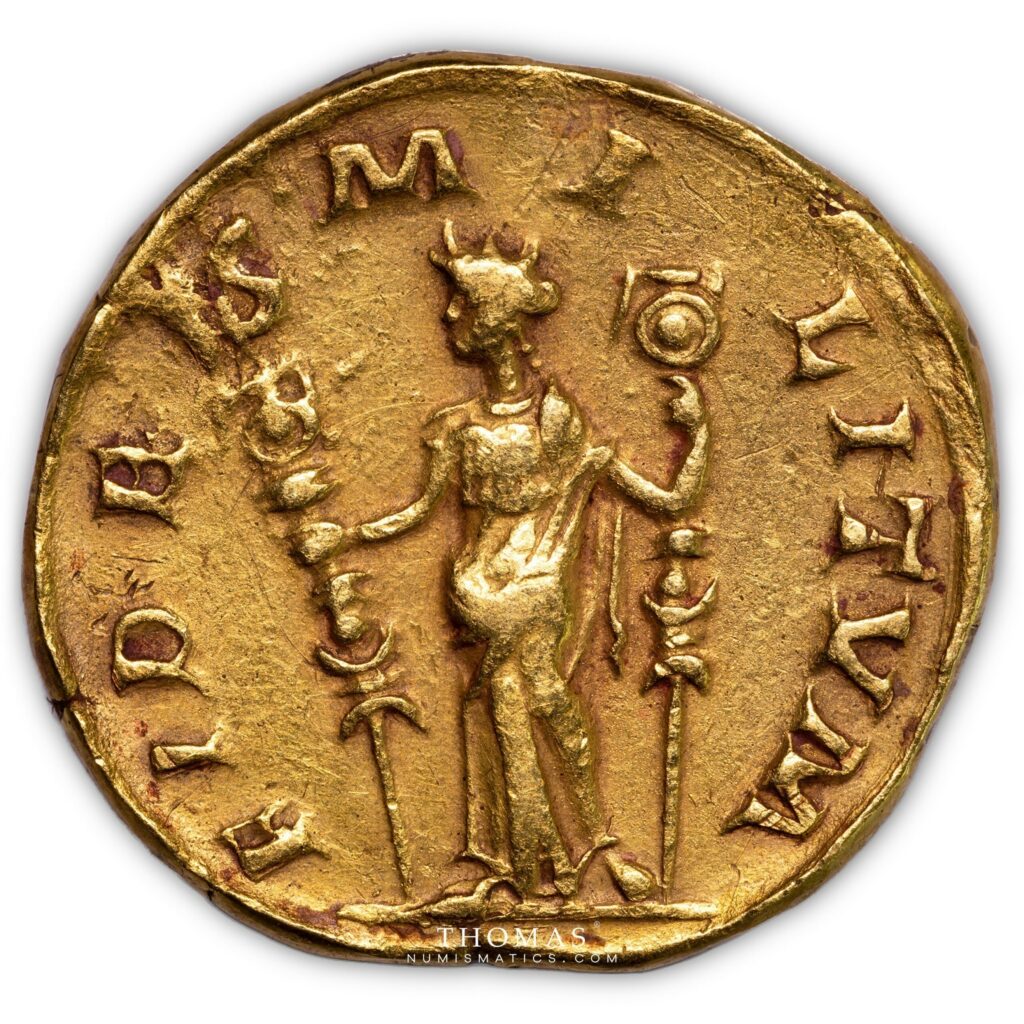
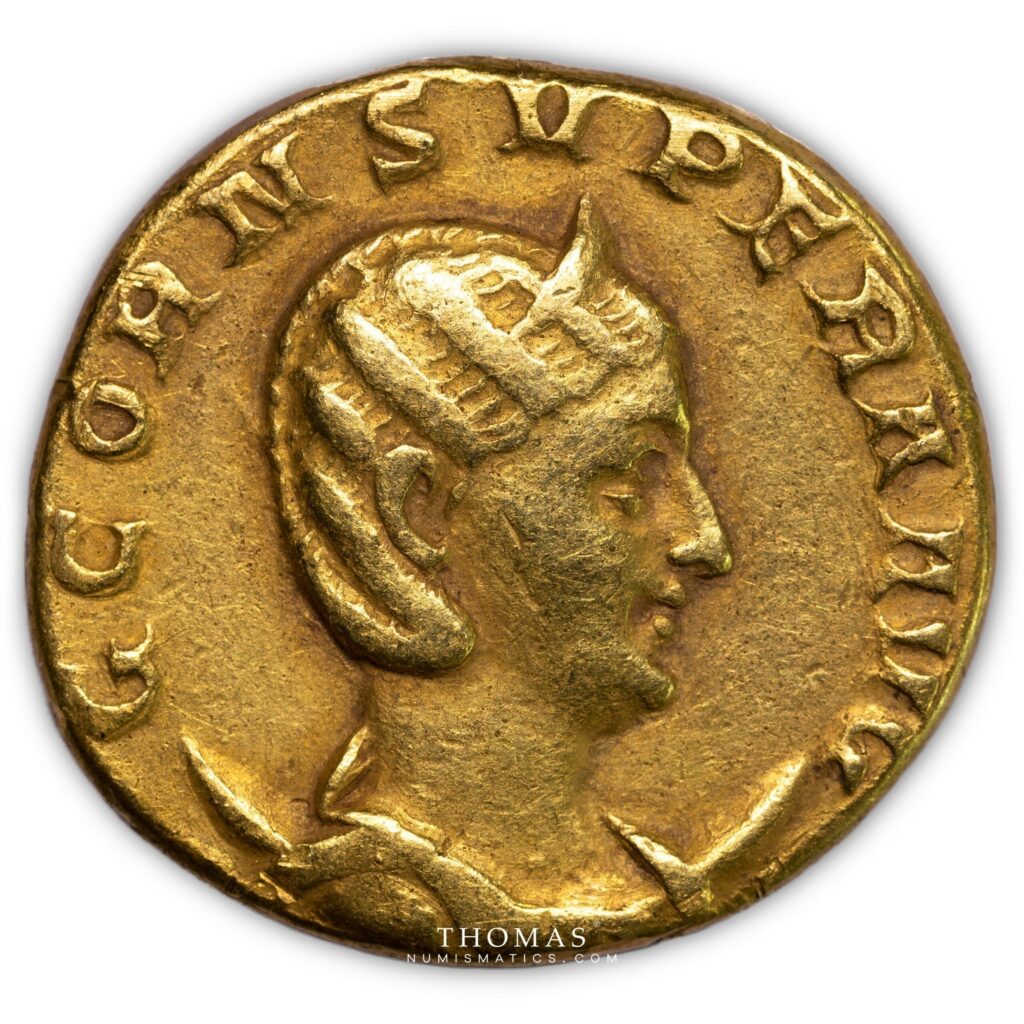
The fame of Carl Wilhelm Becker
However, not everyone was fooled. Gradually, doubts arose among some connoisseurs who suspected him of selling his own fabrications instead of authentic coins. He attracted some criticism, such as that of the Italian numismatist Domenico Sestini, who had unmasked him. Carl Wilhem Becker defended himself, praising his talents as an imitator of ancient coins, but totally denying the intention to hustle his customers. According to him, he was providing them with copies, claimed to be copies, of which the originals were unaffordable. However, notes found later in his diary show that this was not entirely true and that some of his works were indeed sold at full price.
After his death, his work as a forger went down in history. The Allgemeine Deutsche Biographie mentions his “eminent talent, great manual dexterity and iron diligence”. He appears in Anton von Steinbüchel’s 1836 catalog of forgeries, in Moritz Pinder’s 1843 catalogue and in Heinrich Halke’s 1909 manual dictionary of numismatics. Cohen, who also mentions his production, states that these forgeries had the peculiarity of mixing the obverse and reverse sides of different coins, which makes the identification exercise easy today. George Hill explored the 360 examples of fake Greek coins made by Becker in a book published in 1924. All of these publications contributed to his reputation as a great counterfeiter in the numismatic world.
Becker’s forgeries are today appreciated by collectors as much as the originals. He is now recognized for his talent as an engraver. To see one of the largest collections of his work, you should visit the House of History in Offenbach, which contains 550 pieces by Carl Wilhelm Becker.
If you wish to have real Becker’s coins, we are numismatists, experts in the study of coins. Contact us to get more information.
Sources :
Deutsche Biographie
Wikipedia
Monnaie romaine
Numismatico Digital
Musée national suisse
